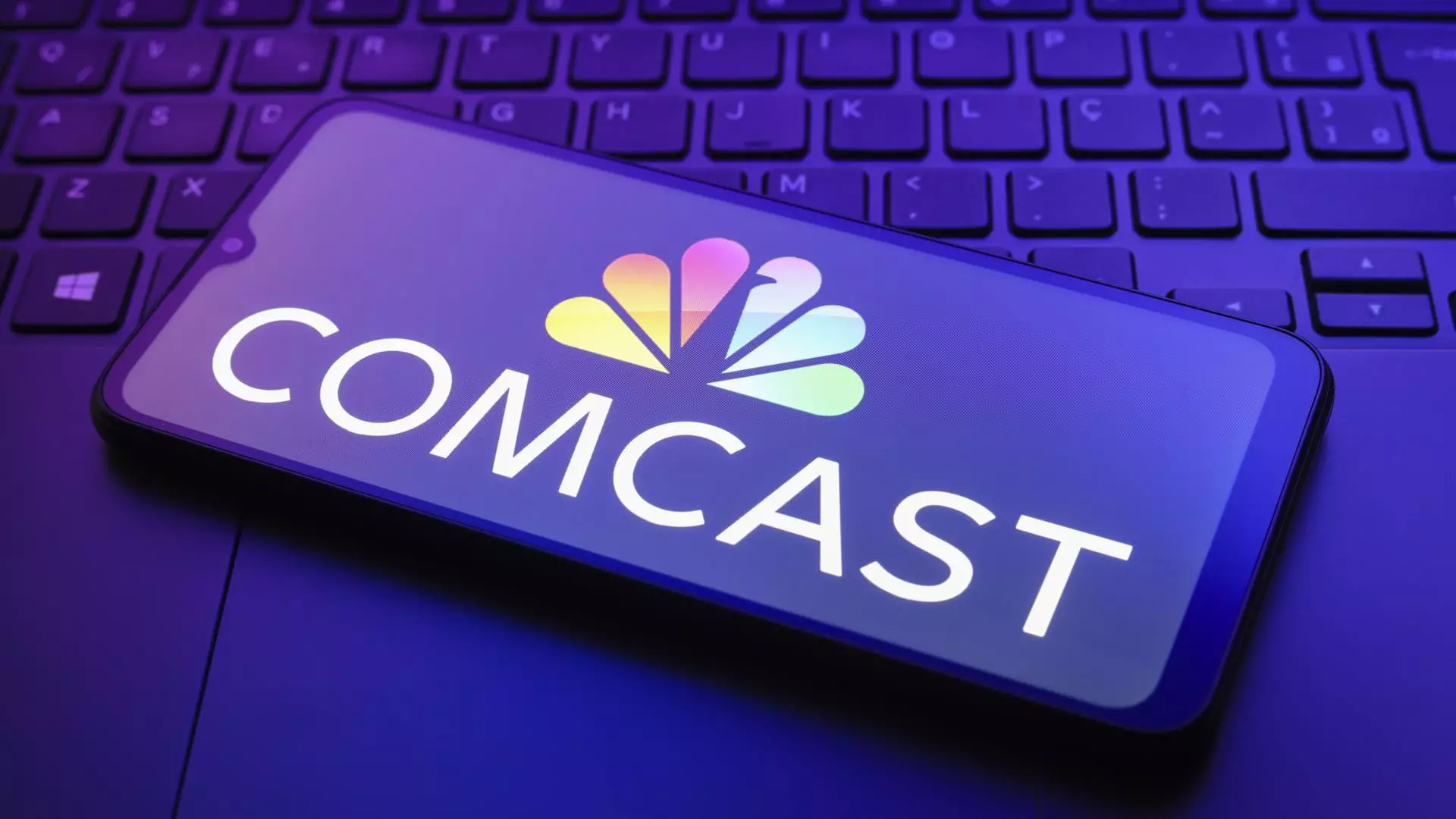In a move signaling a pivotal shift in advertising strategy, Comcast recently announced the rollout of Universal Ads, aimed squarely at revitalizing the traditional media landscape. As the competition intensifies in the advertising arena, particularly against digital behemoths like Facebook and Google, Comcast’s new platform seeks to entice smaller businesses by offering a streamlined method for purchasing advertising across various premium video content networks. The announcement came just ahead of the prestigious CES tech conference, positioning Comcast to address an evolving market where traditional television is increasingly overshadowed by streaming services and digital platforms.
Universal Ads aims to aggregate advertising opportunities across a network of notable media partners, including NBCUniversal, Fox Corp., and Warner Bros. Discovery, among others. By simplifying the ad-buying process, Comcast is targeting those advertisers who may feel overwhelmed by the complexities of traditional media. Mark Marshall, NBCUniversal’s chairman of global advertising and partnerships, underscores the intent behind Universal Ads, emphasizing the vision to attract a new segment of advertisers who may previously have overlooked traditional platforms due to cumbersome purchasing processes.
James Rooke, president of Comcast Advertising, draws a stark comparison between the operational simplicity offered by digital platforms and the more convoluted methods of conventional advertising. He acknowledges that while tech giants have perfected a user-friendly ad purchasing experience, Comcast’s self-service model aims to mimic that and lower barriers for entry in the advertising space.
The landscape of media consumption is evolving rapidly, with a growing preference for streaming services over traditional TV viewing. Platforms such as YouTube and TikTok are drawing massive audiences, particularly among younger demographics, which puts additional pressure on Comcast and others in the traditional media space. Rooke points out that many advertisers are driven by a desire to diversify their ad spend beyond the established titans of technology, who command an overwhelming share of the ad market.
Despite the shift towards digital, Marshall and Rooke are optimistic about the prospects for Universal Ads. They believe the platform can capture a significant portion of the market currently dominated by digital players, as it leverages Comcast’s extensive media relationships and resources.
At the heart of the Universal Ads platform is FreeWheel, Comcast’s ad tech company that has been instrumental in the development of this new tool. The emphasis on incorporating artificial intelligence to streamline ad production further eases the burden on small and medium-sized businesses, which often lack the manpower and resources to execute effective ad campaigns. This innovative approach to ad buying reflects not just a strategic response to market trends but also an effort to democratize access to advertising resources.
Big tech’s ability to attract and retain high volumes of advertisers sets a high bar for Comcast’s ambitions. While companies like Meta boast millions of advertisers, NBCUniversal’s numbers fall notably short. The launch of Universal Ads could signal a turning point where traditional media companies begin to reclaim some of the momentum lost to digital platforms.
As the lines between streaming and traditional television blur, the Universal Ads initiative appears to recognize an essential truth: advertisers still value the expansive reach offered by traditional media. Live sports and major events remain lucrative avenues for advertising revenue, with advertisers willing to spend heavily for prime placements. The Super Bowl, for example, continues to command staggering ad rates, illustrating that there is still significant value in traditional advertising channels.
However, the challenge remains for Universal Ads to effectively leverage both realms—streaming and traditional. The urgency for smaller businesses to diversify their advertising strategies is palpable, and executives from various media companies echo this sentiment, highlighting the need for platforms that can address the unique challenges faced by small and medium-sized enterprises.
Comcast’s Universal Ads platform stands poised to redefine how advertisers interact with traditional media. By addressing the pain points experienced by smaller businesses, Comcast is not only adapting to changing market dynamics but is also paving the way for a new era of advertising that is more inclusive and accessible. As media consumption continues to evolve, the collaboration between traditional media firms and innovative advertising platforms like Universal Ads may catalyze a revitalization in the industry, ultimately reshaping consumer engagement for years to come.

